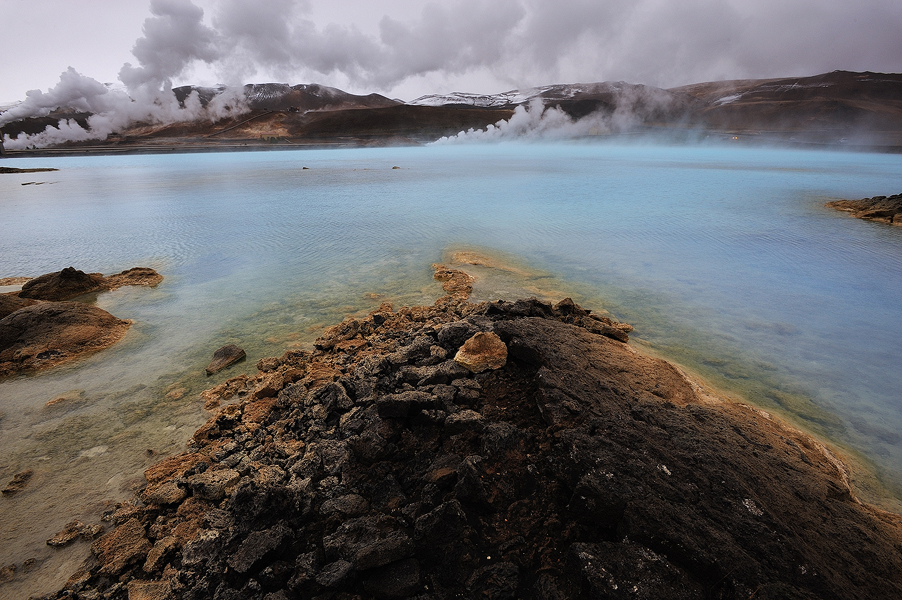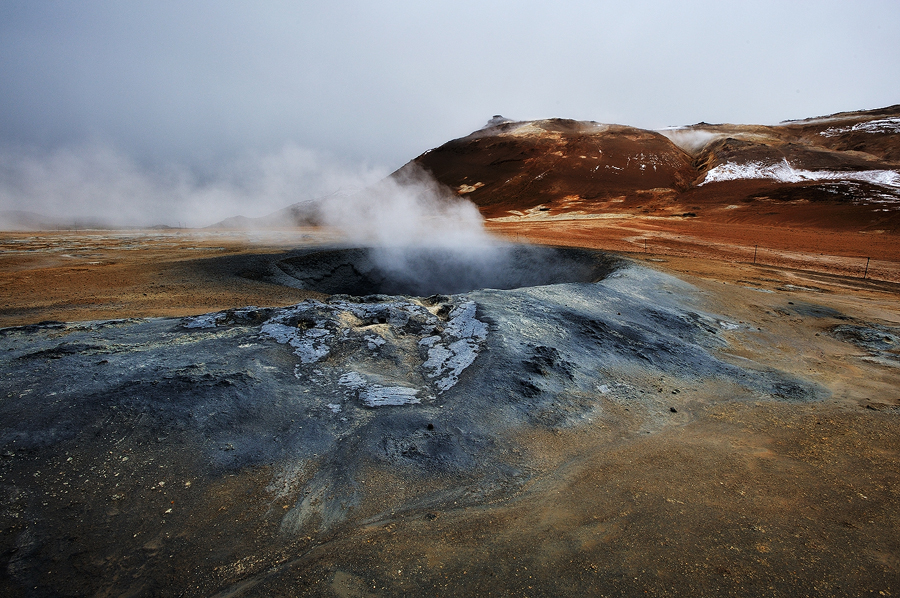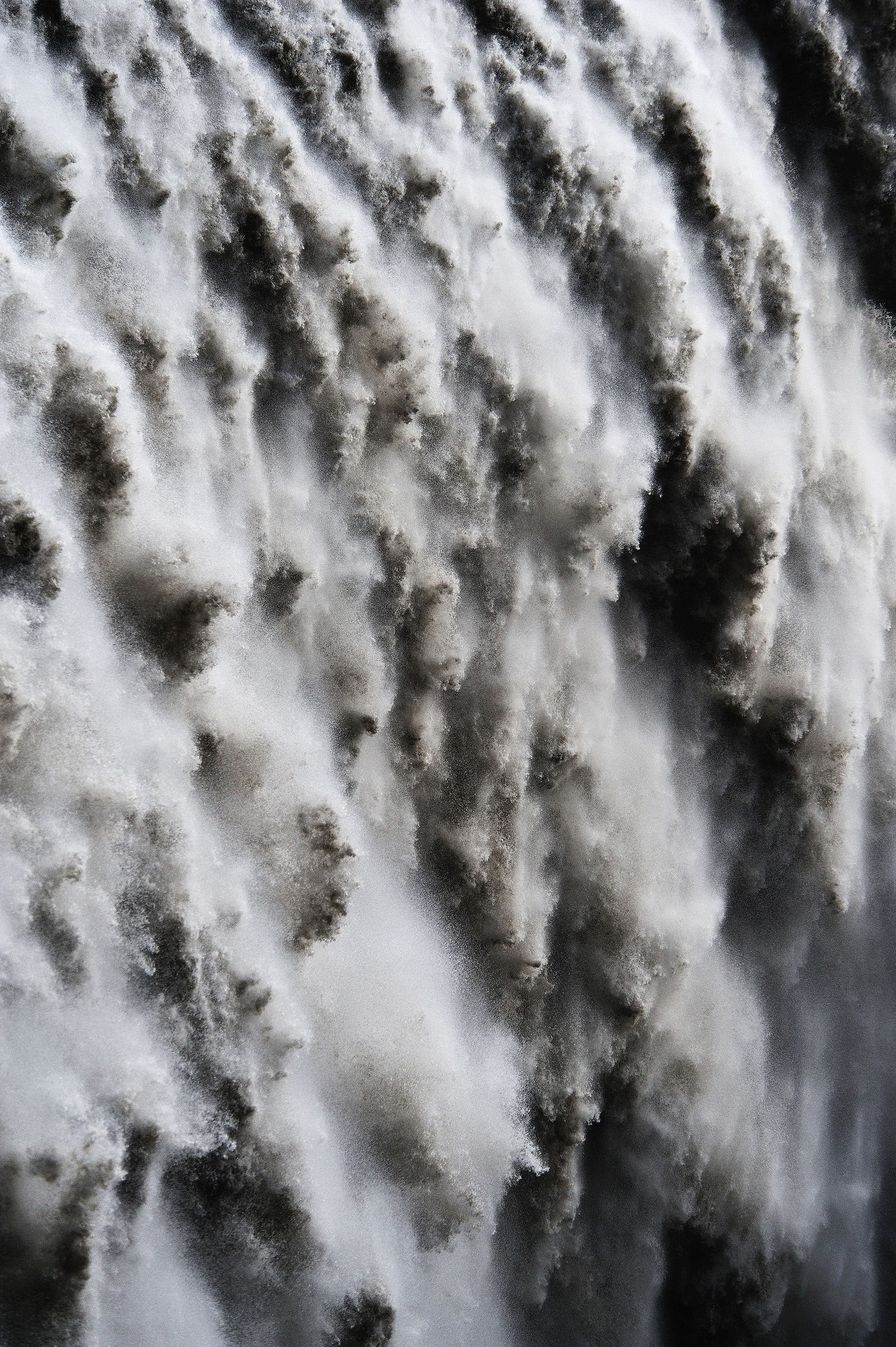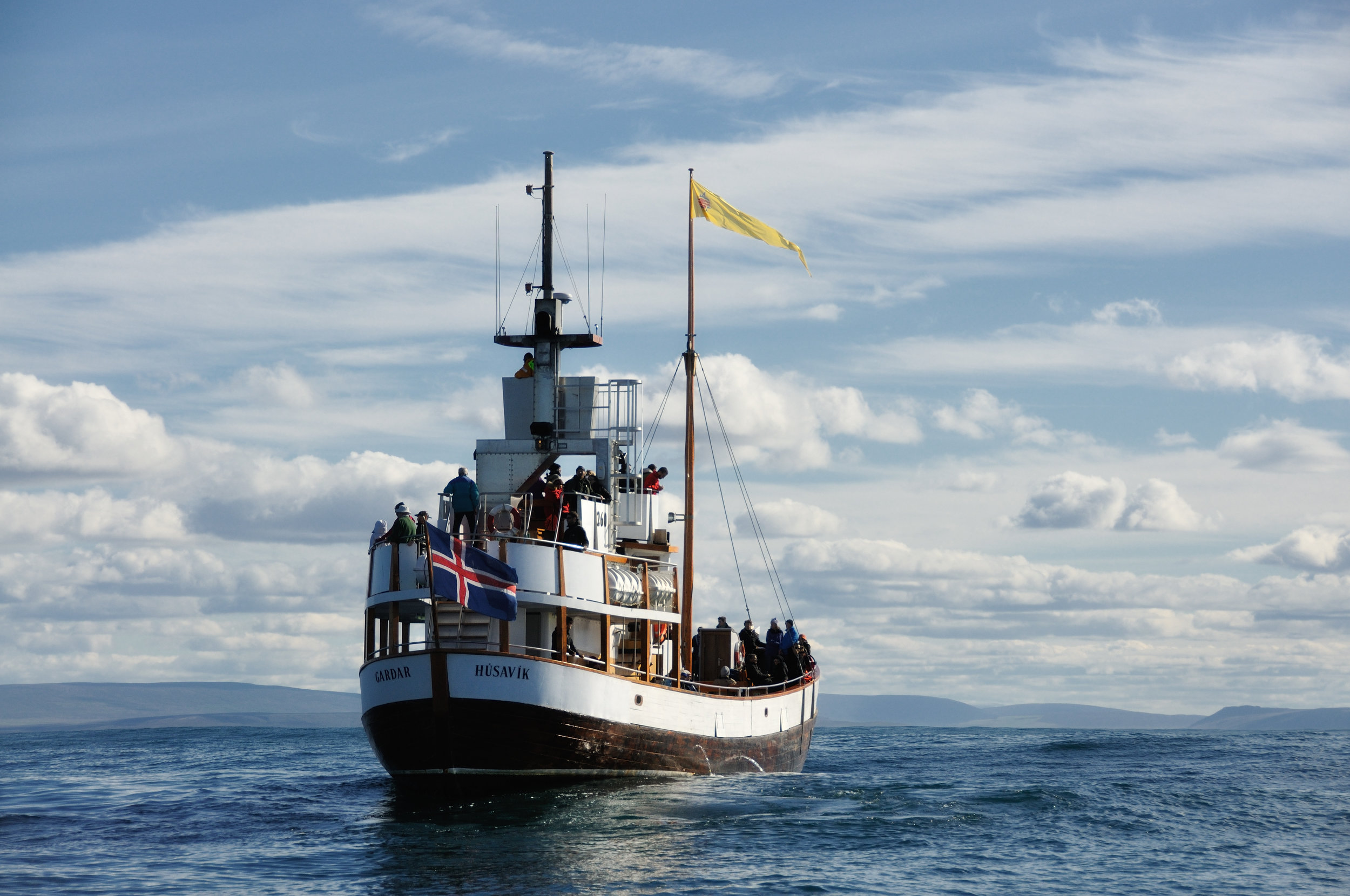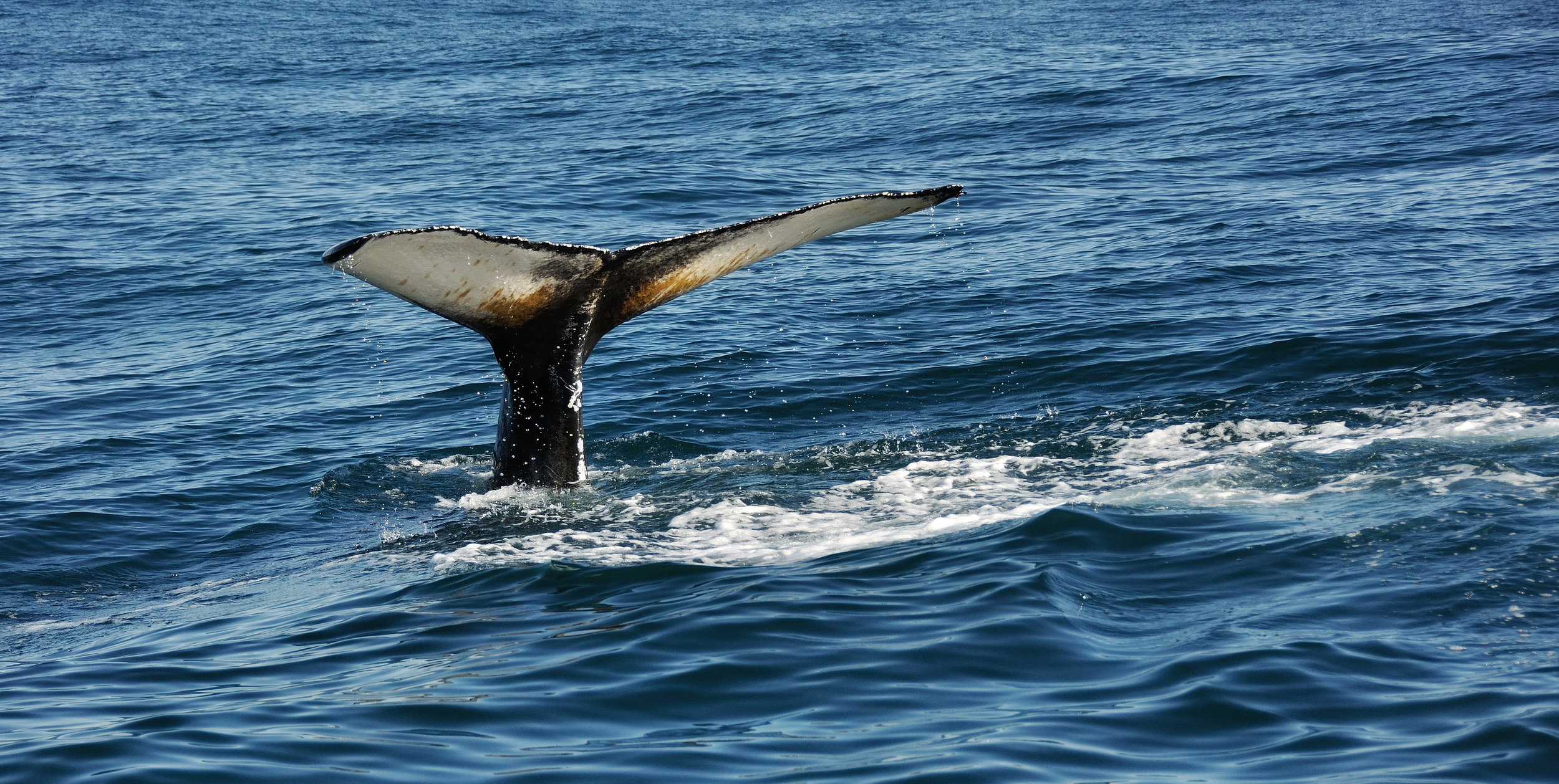ICELAND PART 3: THE NORTH
The drive from the south east to the north was epic. From the east fjords across the dark volcanic Jokuldalsheidi plains. The weather and light was constantly changing, from overcast clouds, to heavy rain, then snow followed by sunshine, and then rain again.
The landscape was stunning, and like eastern Iceland, I wished we'd planned time to be able to stay here and shoot it. As it was, the photos taken in the middle of the day will have to suffice from this trip, but it's certainly an incredibly beautiful area that I'd love to return to one day.
We drove around the beautiful lake Myvatn, and down into the valley where we were going to stay in early evening. By now I could see the light was beautiful and that we were going to get a fantastic sunset. After settling into our room, and then going to the guesthouse for dinner, the falls at Godafoss were visible through the windows. We'd been driving for 10 hours, all I wanted to do was sit and enjoy the dinner, but I'd already learned that the weather was unpredictable in Iceland, and that this might be the only good sunset I got while I was in the area. So I put down the knife and fork picked up my tripod and jogged the 10 minutes along the track to get to the falls, taking the path down by the side that leads to the rocks near the base of the falls. Incredibly I had the spot to myself, although there were plenty of people on the cliffs on the other side, so I settled down to work, keeping spray off the lens with a cloth, which I uncovered to take a one second exposure, then covered and cleaned the lens again.
It's a beautiful place, and I was lucky to get it in great light with a fantastic sunset sky above. A great way to end a long, tiring day.
The next day the weather had taken a turn for the worse. It had snowed overnight and there was a dusting on the peaks around Lake Myvatn, and by the time we'd rounded the lake and were heading towards Namaskjard, it was starting to snow heavily. As we continued the drive towards the falls at Detifoss, the snow got heavier and heavier, making it hard to see in the blizzard, and making the road extremely slippery. We decided to turn back to the geo thermal area, where we parked and climbed out of the car into 1º temperatures. It was snowing, windy and grey, really not good weather for photography, but we thought it would be fun to explore the geysers and fumaroles. The colors of the earth and mud there are extraordinary, and in good light it would make some incredible photographs. Sadly in flat overcast light, it's possible to show some of the colors and atmosphere of this incredible place, but it doesn't really do it justice.
After an hour or so, it had stopped snowing, so we got back into the warm car and set off again for the waterfalls at Detifoss. The falls are well known from lots of images, but they're nothing like as accessible as the waterfalls at Skogafoss or Godafoss. The dirt track that leads to them is "only" 40 km long, but it seems to take forever, and no matter which side of it you drive on, it's impossible to avoid potholes. We drove slowly, and by the time we arrived in the car park, we felt like we'd been shaken to our very bones.
And it had started raining again.
You can see the spray and hear the thundering a long time before you actually see the waterfall itself, but when you do cross the rocks and come up alongside the top of the waterfalls, it really is impressive. The largest waterfall in Europe by volume of water, the power and force of it is incredible, and unnervingly, you can walk right up to the very edge of the top, standing a few centimeters away from the point where the water crashes down to the valley below.
A waterfall of this size makes a huge amount of spray, which makes photographing it an exercise in patience as every time the lens cap is removed, the glass is covered in drops in a matter of seconds. I wanted to shoot long exposures, which meant having a strong neutral density filter on the lens, making it impossible to see through the view finder. This meant composing without the filer (while the lens gets covered in water) then cleaning the water off, making sure there are no smears, then covering the lens with the ND filter. This in turn is immediately covered in water, so again drops and smears need cleaning off, before making the shot and hoping that no drops of water land on the filter for the period that the camera is exposing. This is repeated for every shot and every change of composition, and it took me almost an hour and a half to get 10 shots from 2 different compositions.
I was standing at the edge of the cliff above the falls, my tripod feet right on the edge of the drop, fighting with vertigo as well as the spray and rain. I can't remember ever concentrating so hard whilst taking a photo.
Again, it would have been nice to shoot this location at sunset, but there just wasn't time on the schedule, and I hoped that the clouds would make for moody atmospheric shots.
By the time I'd finished shooting, it was getting late, and we had to decide whether to hike up to Sellfoss, another beautiful waterfall a kilometer or so up-river, or head back to try and get sunset at Lake Myvatn. In the end, we decided to head back, and stopped a long the way to capture some images of the journey through Jokulsargljufur national park. The scenery there is like the moon, with flat volcanic plains broken up with lava peaks
We arrived at Lake Myvatn just as the sun was getting low in the sky, and a beautiful sunset looked to be on the cards. I hadn't had chance to scout the area before, so I basically picked a spot next to the road which looked like it would give a good view across the lake into the sunset and provide an interesting foreground of moss covered lava. The sunset duly delivered, and seemed to last forever. We had the chance to drive to another location next to the lake and photograph reflections, and although the peak light and color had passed, the sky was still interesting enough to make a nice shot.
The next day the weather was beautiful sunny and clear. We'd planned to drive up to Husavik, an old whaling center on the north coast, and the good weather would provide great conditions to go out on the ocean whale watching.
Husavik turned out to be a really pretty town, and it only took a couple of minutes to book a place on one of the old wooden whaling boats that are now used to take people out whale watching.
Although it was good weather, the bad weather of the past week had left big swells in the ocean, so pretty much as soon as we left the shelter of the harbor and were out in the open sea, the boat was rolling up and down some really big waves. I'm not the world's greatest sailer, but managed to deal with it, although there were a number of our fellow tourists hanging off the back of the boat vomiting into the ocean.
Fortunately, whale watching in Husavik has an incredibly high success rate, so we were pretty soon distracted by the sight of a huge humpback surfacing close to the boat. Photographing them was always going to be pretty hard from a boat of this size, but I gamely tried to get some shots that weren't completely rubbish.
We were on the boat for almost 3 hours, during which time we had multiple sightings of various whales, some coming very close to the boat. On the journey back to the port, I saw a whale acrobatically breaching, lifting it's whole body out of the ocean, before twisting back in. It was too far away and too unexpected to be able to photograph, but it's a sight I'm really glad I witnessed, they really are amazing animals.
The trip back to port was made more comfortable with hot chocolate and Danish pastry, and then back on land we had a great dinner and a beer down in the port. After driving back home that evening, we decided to have an early night. It's possible that I could have got another shot of the falls at Godafoss, but in my heart I knew I already had the one that I'd come there for and anything else would be inferior, and besides, sometimes there's a time when it's best to just put your feet up to re-charge. We knew we had the longest drive yet to the Westfojords awaiting us the following day, and we knew the weather forecast was pretty bad, so an early night was more than welcome.
The next day, the weather did indeed take a significant turn for the worst, and we found ourselves heading west through torrential rain in poor visibility. A pity, because some of the landscape around Akureyri was absolutely stunning.
Oh well, that's just another part of Iceland on the list for the next time I come here.

